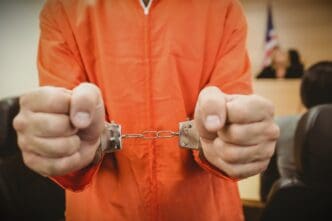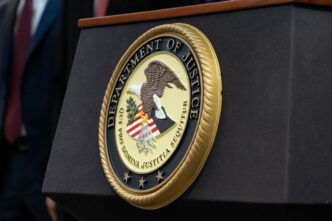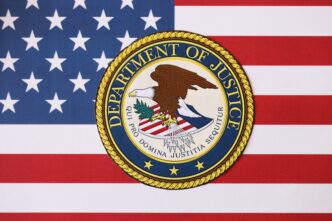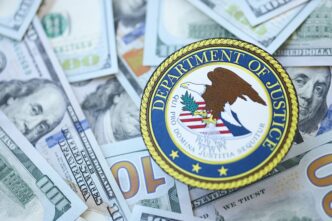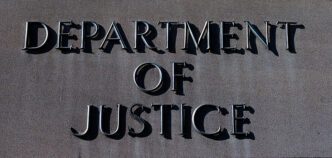Helicopter rides offering breathtaking views of Manhattan’s iconic skyline have long attracted tourists to New York City. For several hundred dollars, these tours provide an exhilarating aerial perspective of landmarks such as the Statue of Liberty and One World Trade Center. However, a recent crash involving a helicopter carrying a family from Spain and its pilot has reignited concerns over the safety of these popular sightseeing excursions.
Since 2005, five helicopters on commercial sightseeing flights have suffered crashes into the Hudson and East rivers due to mechanical failures, pilot errors, or collisions, resulting in the loss of 20 lives. In response, groups opposing these flights have renewed calls to ban or restrict “nonessential” helicopter tours, which account for approximately 30,000 flights over the city annually.
New York City Mayor Eric Adams expressed his opposition to imposing further restrictions on these aircraft, emphasizing their importance for a range of functions from executive transport to law enforcement. He highlighted that tens of thousands of tourist flights occur each year without incident, asserting that the city’s airspace is highly regulated, pilots are well-trained, and the aircraft are well-maintained.
Nevertheless, concerns remain among industry experts. Some, like former National Transportation Safety Board investigator Al Yurman, avoid helicopter tours altogether, citing apprehensions about the industry’s self-regulation.
Past incidents have led to implementation of new safety protocols. In 2009, a collision between a sightseeing helicopter and a private plane over the Hudson River, which claimed nine lives, prompted the Federal Aviation Administration to introduce additional safety measures for the congested airspace. Subsequent to a 2018 crash that resulted in five fatalities, further scrutiny and changes followed, including a significant settlement and enhanced safety practices by companies like FlyNYON.
The underlying cause of the latest crash remains undetermined. Eyewitnesses captured footage of the helicopter disintegrating mid-flight, with the cabin plunging into the water after its tail boom and rotor detached. Nationwide data indicate that helicopter accidents across all sectors were at a 25-year low last year, with tours comprising a minor portion of these incidents.
Industry experts advocate for equipping helicopters with advanced safety features, such as terrain awareness technology, and recommend increased oversight of financially unstable operators by the FAA.
New York Helicopter, the company responsible for the aircraft involved in the crash, had recently faced financial difficulties. The company expressed deep sorrow over the tragedy, emphasizing that passenger and crew safety remains central to its operations.
Understanding the Impact
The helicopter tour industry in New York City represents a significant segment of the local tourism economy, offering visitors an unparalleled view of the city’s landmarks. However, the recent accident underscores the critical need for stringent safety measures and oversight. Ensuring passenger safety not only protects lives but also maintains public confidence in the industry.
Residents and local businesses may experience mixed sentiments regarding these tours. On one hand, they contribute to the economic vibrancy of the city by attracting tourists. On the other hand, concerns about noise pollution and safety might lead to increased pressure on regulatory bodies to enforce stricter guidelines.
Ultimately, the dialogue surrounding helicopter tours reflects broader issues of urban aviation safety. The balance between supporting tourism and ensuring public safety remains a crucial consideration as city officials and industry leaders navigate the future of these flights.

